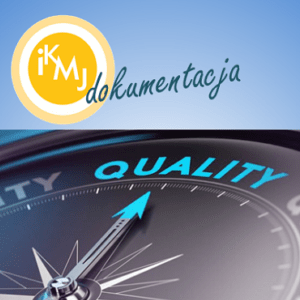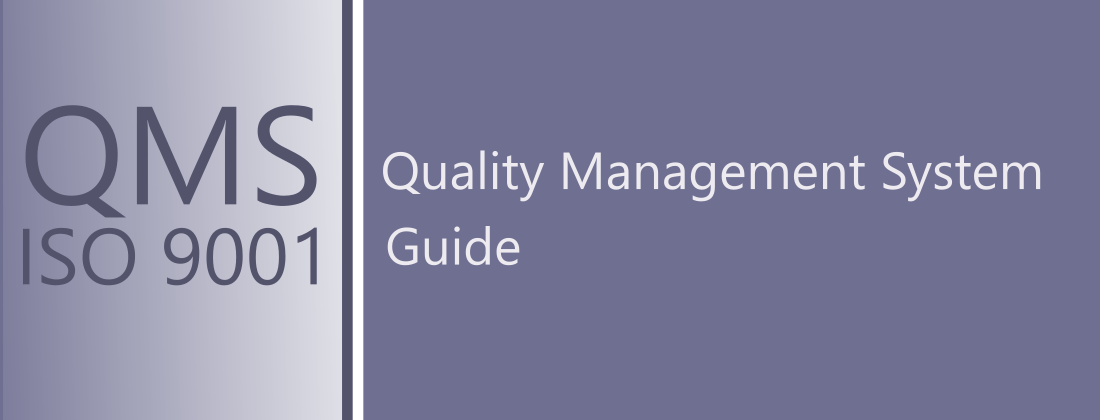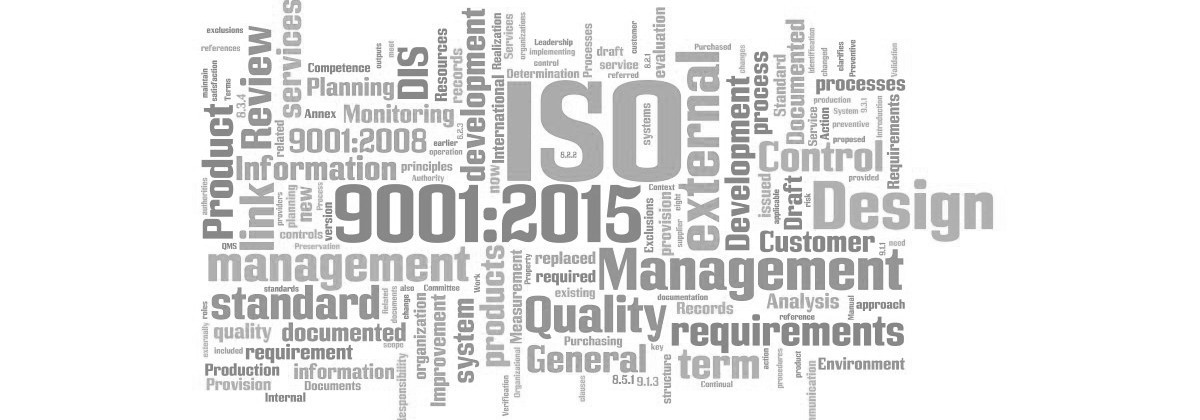Why implement ISO 9001: 2015?
- So that each of the participants of the Company knows exactly their place and the scope of the tasks they are to perform
- That each of the participants of the Company, on their own initiative, take actions aimed at satisfying the client’s needs and improving our enterprise (of course, in a controlled manner)
- So that every customer who comes to us gets exactly what he needs (from our offer)
- To eliminate legitimate complaints and actions that force us to incur additional costs
- To simplify the flow of information as much as possible.
- To keep the number of documents generated by the company to a minimum
Before you decide to implement ISO 9001
Before implementing a quality management system and obtaining ISO 9001 certification, pay attention to several important issues:
PURPOSE
Define your goals and scope of the quality management system. Why do you want to implement the standard? Is the company-wide or is ISO 9001 certified to cover some of your services or products?
MANAGEMENT
Make sure senior management sets an example. It is very important that all members of the organization – from top to bottom – support the initiative and its goals. Management commitment is half the battle to ISO 9001 certification.
KEY PROCESSES
Identify key processes in your organization to meet your goals as well as the needs of your customers. As part of each of these processes, make sure you understand your customers’ requirements and can guarantee that they are met – every time. This forms the basis of your quality management system.
How to implement ISO 9001?
ISO 9001 pre-audit


ISO 9001 documentation
After identifying the processes taking place in the company, you can start developing the documentation. ISO 9001 documentation contains a number of procedures describing the processes and forms in which records resulting from the course of the processes will be kept. When creating documentation, it is important to involve people involved in the process in order to create documentation and forms did not hinder work, but they met the requirements of ISO 9001.
The requirements of the ISO 9001: 2015 standard should be adapted to your company !!!
No The company meets the requirements of the ISO 9001 standard !!!
Define the quality policy and the objectives of the quality management system. In the ISO 9001 standard issued in 2015, there is no obligation to create a Quality Manual, but as a remainder of previous issues of the standard, it is often prepared as a set of framework documents containing, among others, process map, objectives and scope of the quality management system, quality policy and sometimes ISO system procedures.
Implementation of ISO 9001 documentation


Organizational context and risk management
When developing the documentation, it is necessary to define the context of the organization and identify all risks related to the company’s operations. Next, you need to determine how the risk is managed so that Top Management can minimize the risks.
ISO 9001 training


It is worth mentioning that Quality Plenipotentiary < / a> and a ISO 9001 Internal Auditors should be competent and authorized to work in the quality management system.
Internal ISO 9001 audit
After the documentation has been implemented, it is time to conduct internal audits, prepare reports containing observations and inconsistencies occurring during the processes. The principles of auditing are important here. You cannot audit your own work. The audit should be carried out in accordance with the ISO 9001 standard and in accordance with the auditing principles contained in the ISO 19011 standard.
Corrective actions
On the basis of reports from internal audits, preventive and corrective actions are carried out. These actions are quite important in terms of the occurrence of non-conformities and incidents in the future. Thanks to them, you can avoid disruptions in the course of processes, which will save time and costs of repeated lack of a product or service.
Management review
Another important element is the management review, which should be carried out in accordance with the guidelines of the ISO 9001 standard. The standard contains guidelines which input and output data should be included in the management review.
ISO 9001 certification
Only after the entire cycle of the ISO 9001 system implemented and operating in such a way can the readiness for the certification process be reported to the certification body. Some certification bodies require the quality management system to function from a minimum of 3 months before the company is ready for ISO 9001 certification . However, there are also such units that do not define the time of operation of the ISO system in the company – some require that the company has a documented entire cycle of the ISO 9001 system, i.e. the company must have records of all processes, management review, audits and activities resulting from internal audits.




